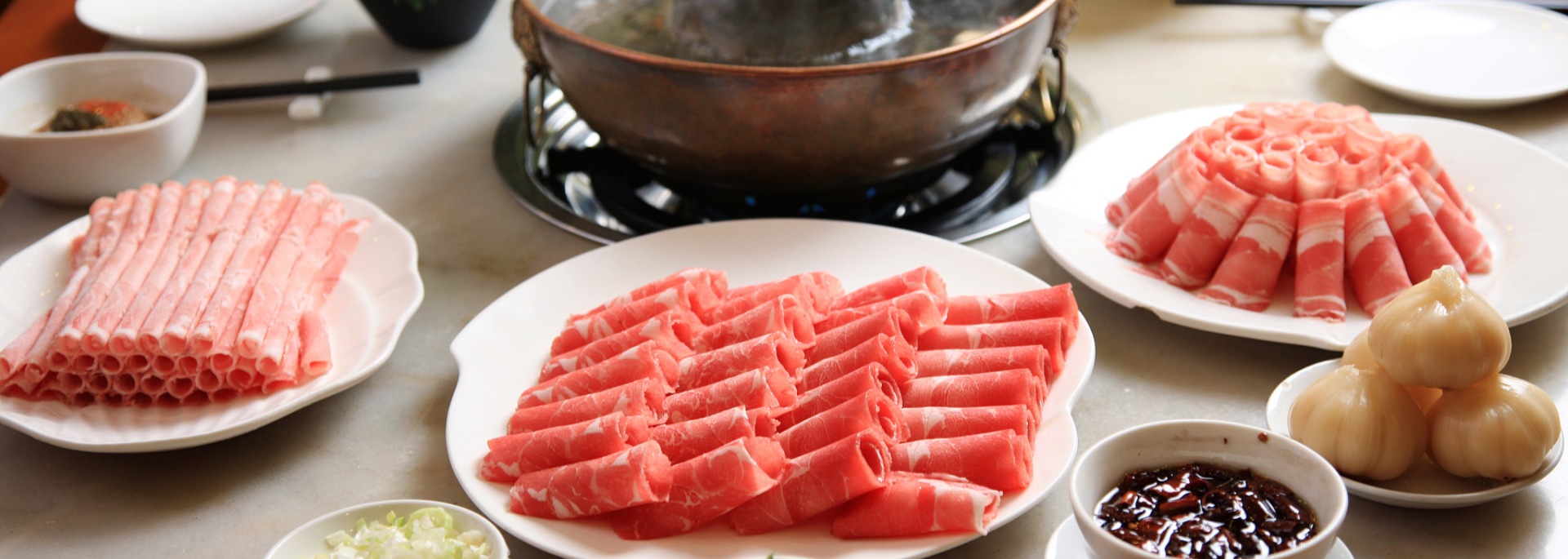
Top 10 Beijing Foods You Must Try—Dishes and Snacks
By Zoe
Hello, fellow food lovers and adventurous travelers! I’m Zoe, and I’ve spent years exploring the China’s diverse cuisines. Beijing, China’s majestic capital, holds a special place in my heart—not just for its rich history and culture, but for its incredible food. It’s a true paradise for anyone who loves to eat, blending centuries of imperial tradition with the buzz of modern street food.
Through my journeys, I’ve learned that Beijing’s food scene isn’t just about eating, it’s a sensory experience, a living story of heritage. Get ready to awaken your taste buds as I walk you through the must-try dishes, vibrant markets, and insider tips for an unforgettable culinary adventure.
1. Peking Duck
Without a doubt, Peking Duck stands as Beijing’s most famous culinary export, a dish steeped in the imperial kitchens of the Qing Dynasty. For me, enjoying Peking Duck isn’t just a meal; it’s an experience, a performance, and a delicious testament to Chinese culinary artistry. The ducks are meticulously prepared, roasted until their skin achieves an exquisite crispness and a beautiful golden-brown hue, while the meat remains unbelievably tender and succulent.
The traditional presentation, often involving tableside carving, adds to the theatrical charm. You’ll typically be served delicate thin pancakes, julienned scallions, crisp cucumber, and a rich, sweet bean sauce (Tianmianjiang). The magic happens when you assemble these components into a delectable roll, creating a symphony of textures and flavors that is utterly unforgettable. It’s this ritualistic aspect, combined with the sublime taste, that makes Peking Duck a true culinary masterpiece.
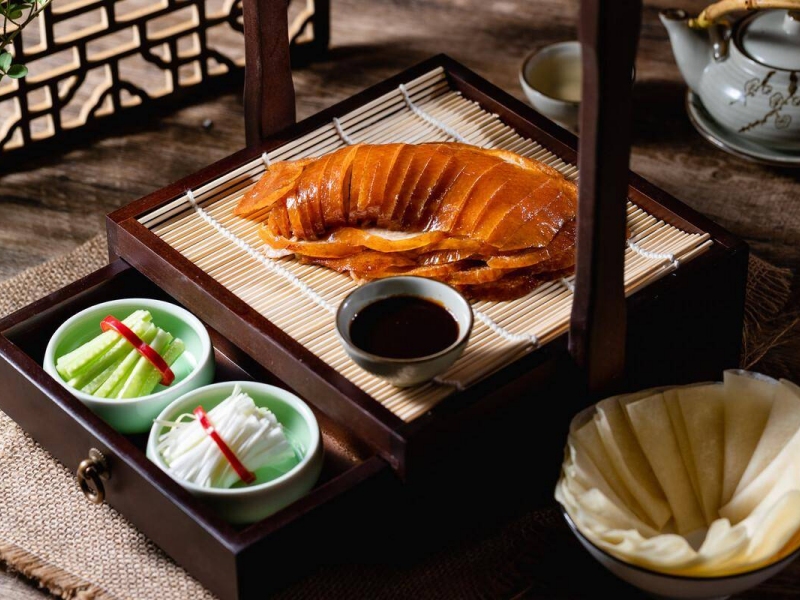
2. Zha Jiang Mian (Beijing Fried Sauce Noodles)
My culinary journey through Beijing wouldn’t be complete without indulging in Zha jiang mian, a truly beloved comfort food and a staple of Northern Chinese cuisine. This hearty dish features thick, hand-pulled wheat noodles generously topped with “zhajiang,” a savory sauce made from ground pork stir-fried with rich fermented soybean paste. It’s typically accompanied by a vibrant array of fresh, crunchy julienned vegetables like cucumber, radish, bean sprouts, and edamame. The key is to thoroughly mix everything together before eating, ensuring every bite is a delightful combination of textures and flavors. It’s a simple dish, yet profoundly satisfying and a true embodiment of local taste.
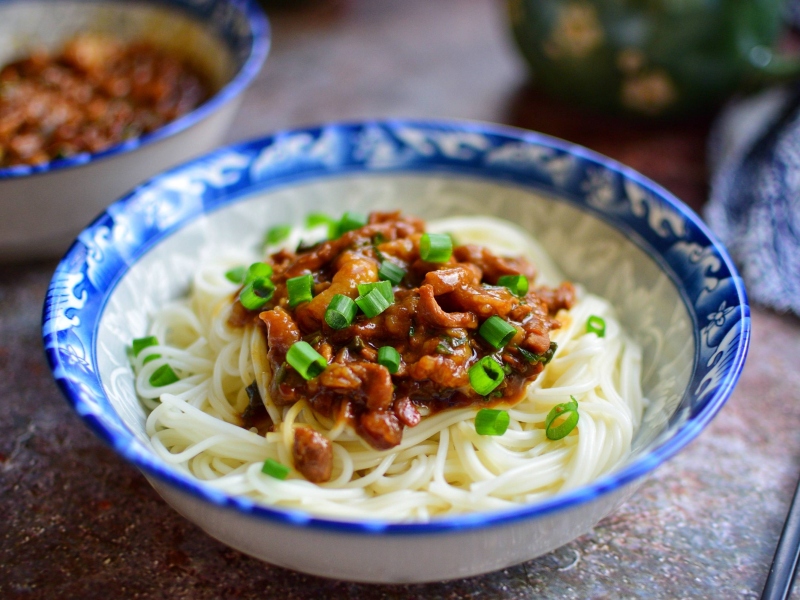
3. Jiaozi (Dumplings)
Jiaozi, or Chinese dumplings, are an absolute cornerstone of Chinese cuisine, particularly prevalent in the north. These crescent-shaped delights are typically filled with a delicious mixture of minced meat (most commonly pork, but beef or lamb are also popular) and finely chopped vegetables like cabbage or chives. They offer incredible versatility: boiled (shuǐjiǎo), steamed (zhēngjiǎo), or pan-fried (jiānjiǎo or guōtiē, often called “potstickers”). While deeply significant during Chinese New Year, Jiaozi are enjoyed year-round as a comforting and adaptable meal.
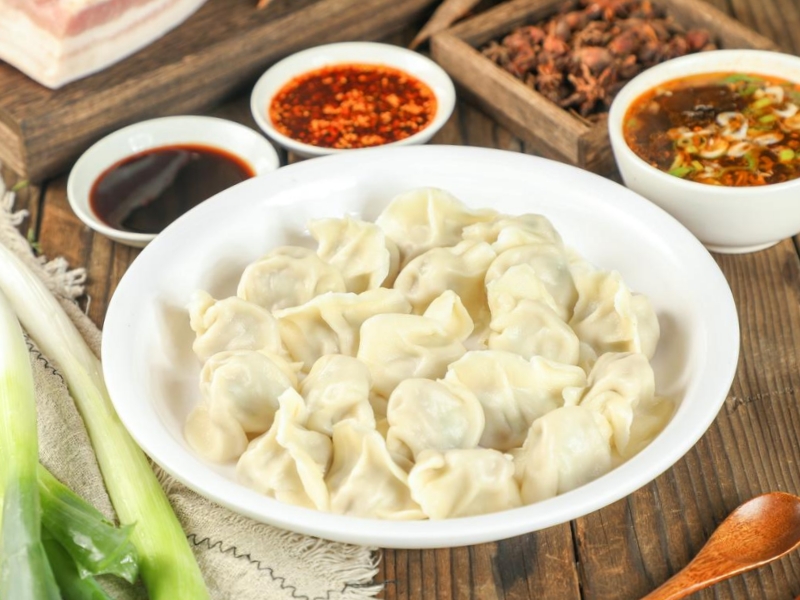
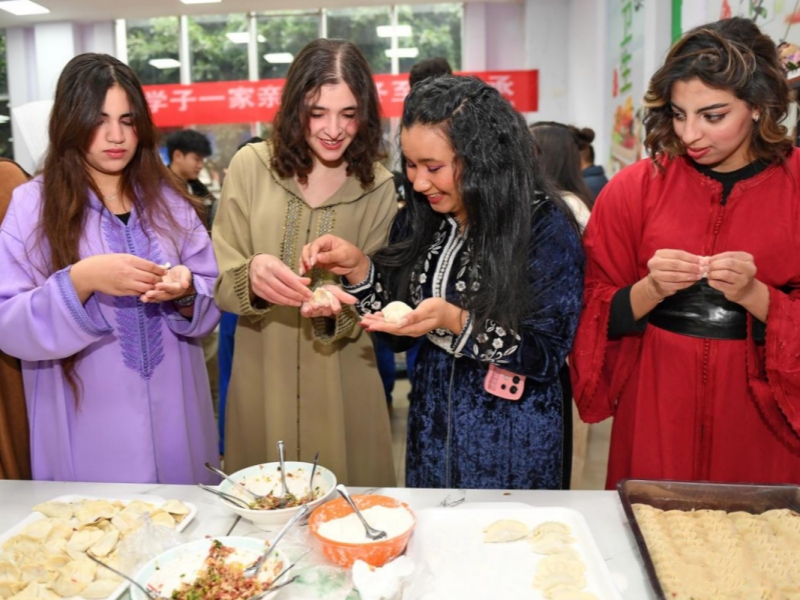
4. Beijing Mutton Hot Pot
For a truly social and interactive meal, especially perfect during Beijing’s cooler months, you simply must try Beijing Mutton Hot Pot. Tracing its origins back to the Yuan Dynasty, this communal dining experience involves thinly sliced lamb cooked directly at your table in a simmering, savory broth, often in a traditional copper pot with a distinctive chimney. Diners then dip the perfectly cooked meat into a rich sesame paste-based sauce, which can be customized with additions like chili oil, fermented bean curd, and fresh cilantro. Beyond lamb, a variety of other meats, seafood, vegetables, tofu, and noodles can also be cooked in the hot pot. It’s a wonderful way to bond with friends and family over delicious food deeply rooted in Beijing’s culinary history.
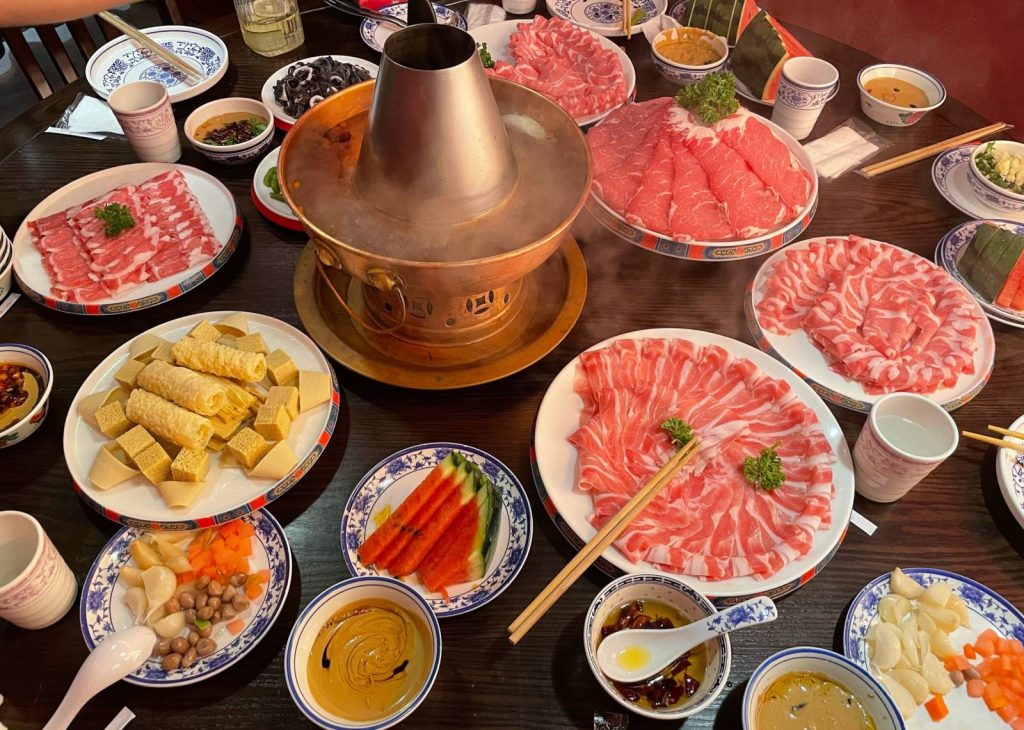
5. Jianbing
Starting my day with a Jianbing is a must whenever I’m in Beijing. This savory crepe, made from a batter of wheat and mung bean flour, is expertly cooked on a circular griddle right before your eyes. An egg is cracked onto the crepe, followed by a generous spread of savory sauces (like hoisin and chili), fresh scallions, vibrant cilantro, and a wonderfully crispy fried wonton cracker or youtiao (fried dough stick). It’s then expertly folded into a portable, satisfying meal. Watching the vendors’ skill is part of the experience, and the taste is simply irresistible.

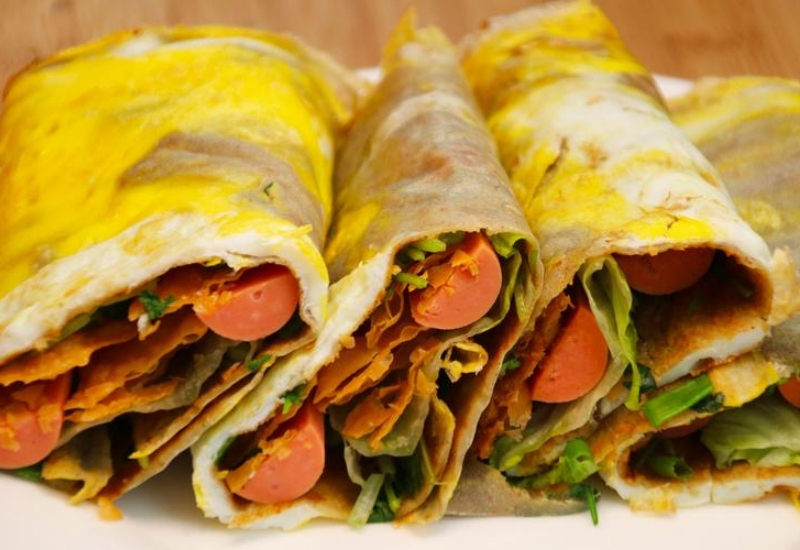
6. Tanghulu
You absolutely cannot leave Beijing without trying Tanghulu, especially if you visit in winter. This traditional sweet treat consists of several Chinese hawthorn berries (though other fruits like strawberries or kiwi are also used) coated in a hard, clear layer of sugar syrup and artfully skewered on a bamboo stick. The delightful contrast between the tart fruit and the sweet, crunchy candy shell is pure bliss. You’ll easily spot vendors selling these colorful, glistening skewers, adding a touch of sweetness to the bustling streets.
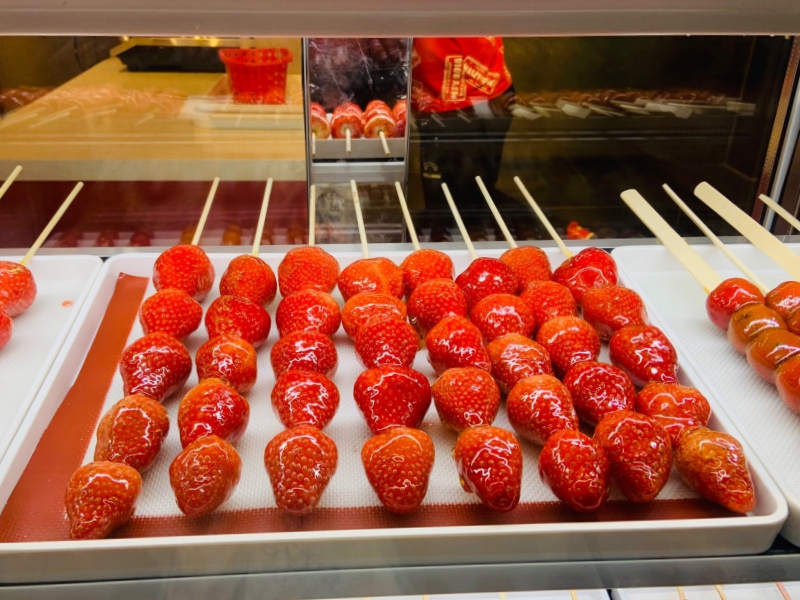
7. Chuan’r (Savory Grilled Skewers and Kebabs)
Chuan’r, or meat skewers, are a perennial favorite, especially as evening falls. Typically made with succulent lamb, but also available with chicken, beef, or even vegetables, these skewers are generously seasoned with cumin, chili powder, and other aromatic spices before being grilled over charcoal. The smoky flavor of the perfectly grilled meat is utterly addictive and a staple of Beijing’s vibrant night markets.
8. Donkey Burger
For the adventurous palate, the Donkey Burger is a traditional Chinese street food, particularly popular in Beijing. It features tender donkey meat (sometimes beef) served in a crispy, baked bread bun, often accompanied by onions, fresh coriander, and a sweet or spicy sauce. While the name might sound unusual, it’s considered a delicacy by many locals and offers a unique taste of northern Chinese cuisine.
9. Baozi
Baozi, or steamed buns, are a versatile and ubiquitous street food across Beijing. These fluffy buns come with a variety of fillings, ranging from savory meat and vegetable combinations to sweet red bean paste. They are a convenient and delicious snack, perfect for any time of day.
To truly immerse yourself in Beijing’s culinary landscape, a visit to its renowned snack streets and food markets is essential. These vibrant hubs are where you can find an incredible array of local delicacies, from the traditional to the more adventurous.

10. Lüdagun
Despite its unusual name, Lüdagun (“rolling donkey”) contains no donkey meat. It’s a traditional Beijing sweet snack made from steamed glutinous rice flour dough that is rolled out, spread with a sweet red bean paste filling, then rolled up into a log and coated generously with roasted soybean flour.
The name supposedly comes from the way it’s rolled in the yellowish soybean flour, resembling a donkey kicking up dust. This soft, chewy, and mildly sweet treat is a delightful dessert or snack.
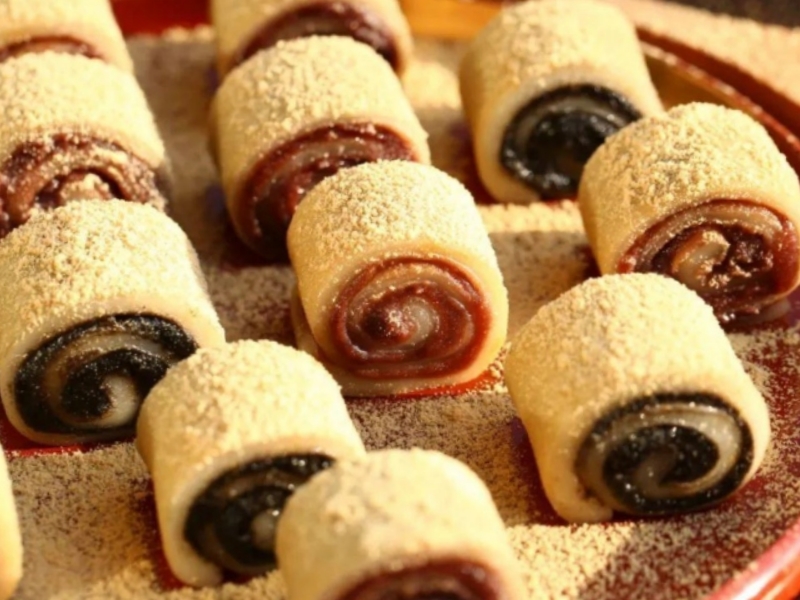
Beijing’s Famous Food Streets and Markets
To truly immerse yourself in Beijing’s culinary landscape, a visit to its renowned snack streets and food markets is essential. These vibrant hubs are where you can find an incredible array of local delicacies, from the traditional to the more adventurous.
Wangfujing Snack Street (王府井小吃街): A Tourist Hotspot
Wangfujing, one of Beijing’s most famous shopping districts, also boasts a snack street that is a must-visit for food lovers. While it caters heavily to tourists, offering a wide range of common street foods, it’s also where you might find more exotic options like scorpions and centipedes on a stick for the truly daring. It’s an accessible and lively introduction to Beijing’s street food scene.
Qianmen Street (前门大街): Historic Ambiance and Traditional Flavors
Qianmen Street, located near Tiananmen Square, offers a delightful blend of historical ambiance and traditional Beijing cuisine. Here, you can find many old Beijing specialties, including classic roast duck, fried noodles, and various other delicacies, making it a great spot to experience a mix of food and culture.
Longfusi Snack Street: Authentic Bites and Local Charm
For a taste of authentic Beijing dishes like kebabs, barbecue, and Chinese doughnuts at very affordable prices, Longfusi Snack Street is a fantastic choice. It offers a more local feel compared to some of the more tourist-heavy markets.
Niujie Muslim Snack Street: Halal Delights
For those seeking delicious halal options, including savory pastries and unique snacks, the Niujie Muslim Snack Street is a must-visit. It’s a vibrant area known for its rich flavors and distinct culinary offerings.
Essential Tips for Your Beijing Food Adventure
To make your culinary journey in Beijing as smooth and enjoyable as possible, I’ve compiled some practical tips based on my own experiences:
Street Food Safety: Eat Smart
While Beijing’s street food is generally safe and incredibly tempting, I always recommend choosing stalls that are busy and popular with locals. High turnover usually means fresher ingredients. Observing where locals eat is often the best indicator of quality and safety.
Best Time to Visit for Food
From my perspective, the ideal time to experience Beijing’s food scene is during the spring (March to May) and autumn (September to November). The weather during these seasons is mild and pleasant, making outdoor dining and exploring street food markets a true delight. Winter is excellent for hot pot, but some street food options might be less abundant.
Vegetarian Options: Finding Plant-Based Delights
While Beijing’s cuisine is often meat-centric, there are certainly delicious vegetarian options available. Look for dishes like vegetable dumplings (jiaozi), steamed buns (baozi) with vegetable fillings, and vegetarian hot pot options. Many Buddhist temples also run excellent meat-free canteens, known as “苏斋” (suzhai).
Budgeting for Your Culinary Exploits
Street food in Beijing is wonderfully affordable, with most dishes ranging from 10 to 30 RMB. Mid-range restaurants typically charge between 50 to 100 RMB per person. For three stellar meals plus snacks, an average daily food budget of ¥150–¥300 should cover you comfortably.
Must-Try Traditional Drinks
Beyond the food, don’t miss out on Beijing’s unique beverages. I highly recommend the sweet and tangy Old Beijing Yogurt, often served in charming clay jars. For the truly adventurous, try Douzhi, a fermented mung bean drink – it’s an acquired taste but deeply traditional! And for a more modern twist, explore the local craft beer scene.
Beijing captivates the senses, and its cuisine reflects its rich history and dynamic culture. From the ritual of Peking Duck to the buzz of street markets, every bite tells a story. Exploring Beijing’s food isn’t just about eating—it’s about connecting with the city’s heart and soul. Whether you’re a seasoned foodie or a curious traveler, Beijing offers an unforgettable culinary journey that will leave you with delicious memories and a longing to return.
Explore More: